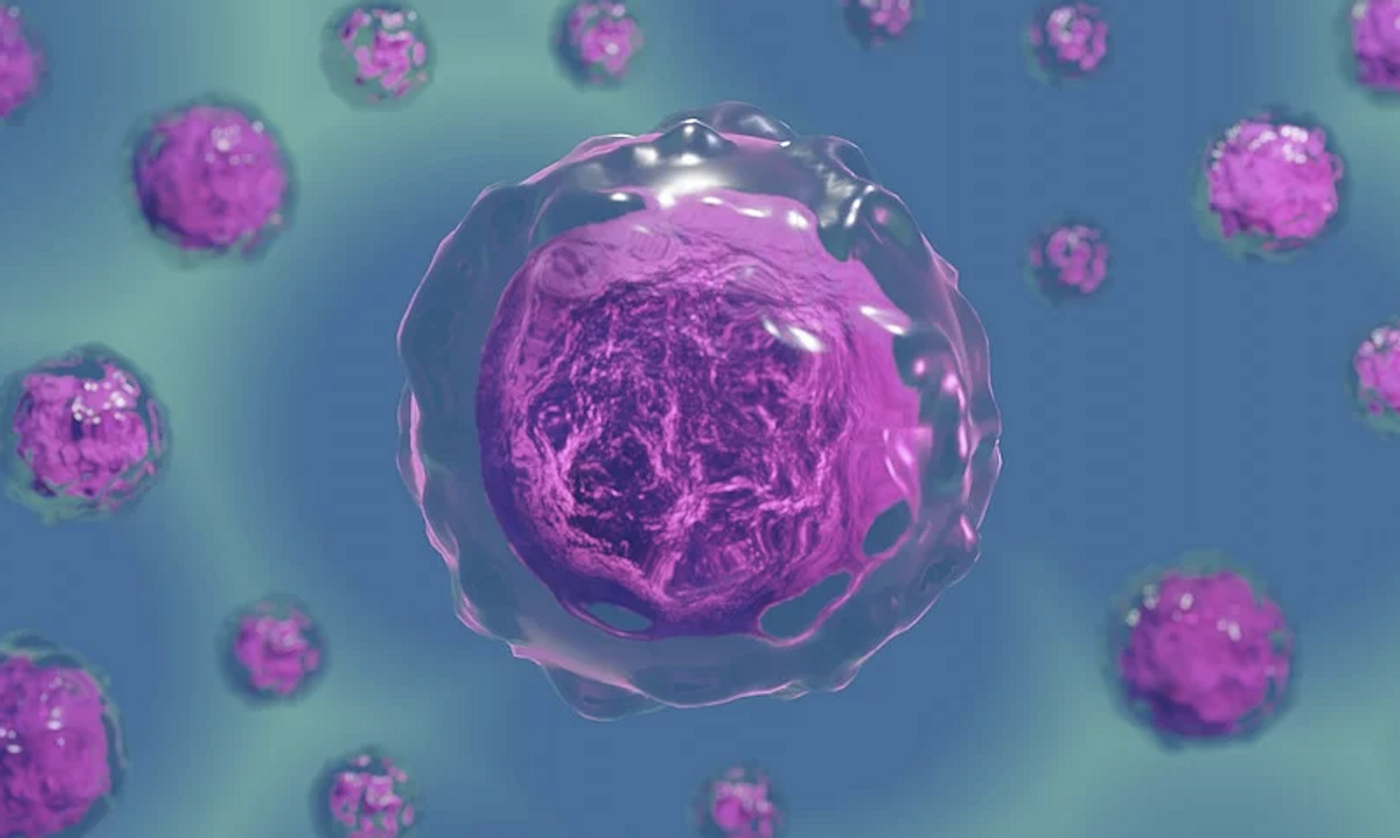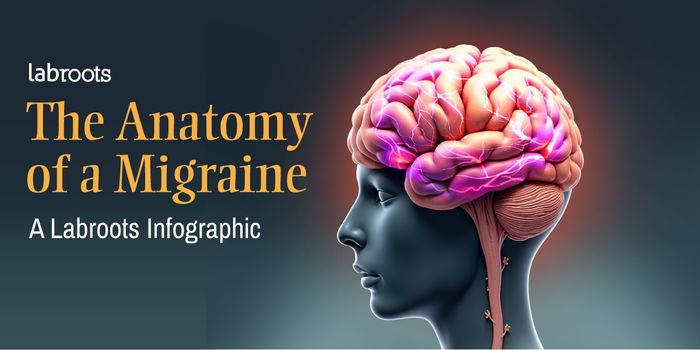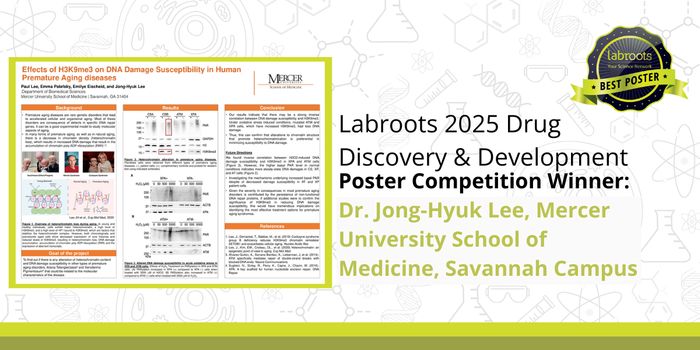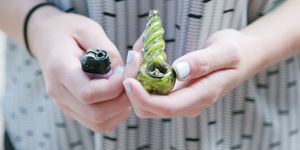Using Modified Stem Cells, Researchers Make Old Mice Youthful Again
Scientists at the Stanford University School of Medicine were able to make old human cells revert to a younger state by expressing a few genes that function in embryonic development. Muscle stem cells were removed from elderly mice and gene expression in those cells was altered in the same way. After the cells were then transplanted back into the mice, their strength became youthful again. The findings have been reported in Nature Communications.
This work took advantage of proteins called Yamanaka factors (named for the Nobel prize-winning researcher that identified them, Shinya Yamanaka, M.D., Ph.D.). These proteins can trigger adult cells to become stem cells that have the potential to differentiate into any cell type, and as such are called induced pluripotent stem (iPS) cells. When old human cells that were grown in culture briefly expressed Yamanaka factors at certain times, their gene expression patterns became indistinguishable from young cells.
"When iPS cells are made from adult cells, they become both youthful and pluripotent," said the senior study author Vittorio Sebastiano, Ph.D., assistant professor of obstetrics and gynecology and the Woods Family Faculty Scholar in Pediatric Translational Medicine. "We've wondered for some time if it might be possible to simply rewind the aging clock without inducing pluripotency. Now we've found that, by tightly controlling the duration of the exposure to these protein factors, we can promote rejuvenation in multiple human cell types."
In the Sebastiano lab, adult cells can be rewound to an embryonic state when researchers expose them repeatedly for about two weeks to proteins that play roles in early embryonic development. As this happens, chemical tags on their DNA fall away. These tags help control gene development, and cell identity.
Cells derived from elderly adults were treated this way and compared to cells from younger individuals that were untreated. There were signs in the gene expression patterns of the elderly cells that aging was reversing after only four days of treatment. The scientists also looked at specific epigenetic marks on the DNA, chemical tags called methyl groups that have been associated with aging. They found that treated cells looked to be an average of 1.5 to 3.5 years younger compared to untreated cells.
They also assessed cell functions impacted by aging, like metabolism, nutrient sensing, and waste disposal. "We saw a dramatic rejuvenation across all hallmarks but one in all the cell types tested," Sebastiano said. "But our last and most important experiment was done on muscle stem cells. Although they are naturally endowed with the ability to self-renew, this capacity wanes with age. We wondered, Can we also rejuvenate stem cells and have a long-term effect?"
These altered stem cells did indeed have a restorative effect, causing the elderly mice to regain their youthful strength.
"Although much more work needs to be done, we are hopeful that we may one day have the opportunity to reboot entire tissues," Sebastiano said. "But first we want to make sure that this is rigorously tested in the lab and found to be safe."
Sebastiano is featured in the video above at Undoing Aging 2019.
Sources: Science Daily via Stanford Medicine, Nature Communications









